Ever wonder how PGA Tour pros seem to be so effortlessly good with their wedges from inside 100 yards? While the driver usually gets most of our attention, scoring truly comes from the short game. We call this 50 – 100 yard area the “Scoring Zone” for a reason. And the thing is, most amateurs ignore this part of their game.
In this episode of The Game Plan, Golf Digest Senior Editor Luke Kerr-Dineen breaks down how the best players in the world use 3 simples strategies to dial in their scoring wedges—and the good news is, amateurs can do these too. From gapping, to shot shapes to aiming management, you’ll get practical golf tips to help you hit more greens and lower your scores.
Whether you’re struggling from this area or just looking to play smarter golf, this is the wedge strategy video for you.
👉 Subscribe for more golf tips, course strategy, and data-driven insights from The Game Plan.
Have you tried any of these scoring strategies? Let us know!
Like, Subscribe and Comment with any questions or ideas for future episodes!
Follow GolfDigest:
Instagram / golfdigest
Twitter https://x.com/GolfDigest
Subscribe to Golf Digest on YouTube ►► http://bit.ly/golfdigestyoutubesub
Grab a Golf Digest + membership ►► http://glfdig.st/mFqM50OXuv4
ABOUT GOLF DIGEST
Home of the Hot List, Golf Digest +, news and trends, Golf Digest is the definitive destination for all things golf.
Host: Luke Kerr-Dineen
Producer & Video Editor: Ben Walton
Executive Producer: Christian Iooss
Chapters:
0:00 Intro
1:20 The “North / South Problem”
4:12 The Gapping Hack
7:16 The Low Ball
10:20 The Clock System
12:58 Pick A Lane
16:00 Verdict
Here, Ben has a 75 yd approach to the green. He selects a wedge, planning to play a full pitch shot. This area right here is one of the most important areas in the game. Here’s the result. It’s the awkward 50 to 100yd wedge shot. Believe it or not, pros don’t actually hit that many shots from here, but when they do, it’s high stakes stuff. Their performance here can be the difference between winning and losing a golf tournament or earning hundreds of thousands of more dollars. For the rest of us, well, we kind of live in this zone. We hit way more shots here than pros do. And for as much as we talk about distance of the tea, this is kind of an underrated way of getting a lot better. This is the scoring zone, the half wedge shot area that is somewhere between 50 and 100 yards. Pros have mastered three main strategies from these distances. And what’s great is that getting good from this distance doesn’t require much elite athleticism. Most of us, we may not be able to hit a 350 yd drive like the pros, but we can hit a great 70-y wedge shot. So, look at how the pros do it. And what it reveals is a subtle game plan that the rest of us can learn from. Not seeking power, but accuracy, he restricts the length of his swing. The ball is hit with a downward blow and this gives it back to him. So, I don’t know how well you remember the 2016 US Open at Oakmont, but at the start of that final round, something kind of amazing happened. Dustin Johnson, who of course went on to win, had four almost identical wedge shots on his first five holes. Each shot was right around 104 yards. And that is not where you ought to be. The first two shots he left way short, right in line with the pin. Second shot for Dustin Johnson at three. But he did not hit that hard left jug. That is another really horrific wedge. And the third shot he pumped way long of the pit. Now his third at the fourth just 104 yards. He can bring that back. You see just heard his frustration. And we’ll get to what happened on this fourth shot in a minute. But these shots highlight one specific challenge in this scoring wedge zone that we all face. And that challenge is one that golf statistician Luc Stagna brilliantly identifies as the north south problem. The closer you get to the hole, the bigger your north south dispersion is. So let’s take that to an extreme example. from 15 feet. I’m sure there’s been plenty of occasions where you’ve uh ran a putt six feet past. I’m guessing you’ve never missed a 15 foot putt six feet left or right. So, as you get closer to the hole and you get into that 30, 40, 50, 60 yard range, your offline is not as big as your north south. And that happens at every skill level. Now, if you’ve watched videos like these before, we’ve talked a lot about left and right shot dispersion patterns and how to manage those left and right misses. But when it comes to your scoring wedges, that’s just not really an issue. When you look at amateur wedge stats from this scoring zone, it turns out that misses long or short of the intended target, misses north or south, are almost twice as big on average as left and right misses. So for a five handicap from 100 yards, that’s like 7 yards left or right versus 12 yd long or short. That shot pattern would look something like this. For tall pros, it’s 4 yd versus 7 yd like this. This transition from horizontal to vertical shot patterns as you get closer to the hole is really important to remember when you’re out on the golf course. Pros on the hole are really good at managing this north south problem. But us amateurs, we’re not that good at it. Not really good at it at all, actually. And pros get good at this by using three simple strategies that are actually pretty easy to emulate. The first strategy that pros use is to dial in their club gapping strategy. Here’s how it works. So, let’s say your longest club, your driver, goes 300 y. And every club shorter than that, goes slightly shorter until you start using your putter on the green. Traditionally, golfers have spaced out these remaining 12 clubs pretty evenly from tea to green. But as more and more really smart people started looking into this, they started realizing what a bad idea this was. Take a look at these. These are a couple of graphs from Ping that shows the amount of approach shots that golfers hit from each distance after their different length drives. Obviously, everybody hits a lot of drivers, but notice right here how there’s a huge amount of shots hit right around the 130 yard mark. And crucially, there are a lot of shots hit either side of that mark. Golfers leave these big yardage gaps at the bottom of their bag where precision really matters. And that’s simply because they don’t have enough clubs in this section of their bag. And they’re making big misses long or short of their targets because of it. The solution is kind of simple. That you get more value from having more clubs and tighter yardage gaps at the bottom of your bag between your short irons and wedges than at the top of your bag. It’s why back in the 80s and ’90s, lots of pros used to carry two different wedges in their bag. But now, it’s not uncommon to see pros carrying five wedges in their bag. For amateurs, taking out one of their fairway woods and adding another wedge or short line is probably a smart trade to make. What’s the probability distribution? Like where are people actually playing golf? A lot of these findings are like obvious in hindsight. It’s pretty amazing. Like everybody bunches up 120 130 and ramps down at 160 or 170. So like everyone’s like peak is around that 140 to 150. So So there’s a lot of modern-day sets being designed where the irons are getting stronger lofted. the wet your maybe your specialty wedges are the same and you have this huge gaps right where you’re playing most of your golf and then people are still playing like 50 54 58 and then they got like no no lofts in the 40s and that’s what you need to hit those shots. But even with the right clubs in your bag, golfers can’t get around the fact that from this range, you’re still going to need to learn to hit your same clubs slightly different distances. Pros do this by hitting the same type of shot basically as often as they can, but they tweak it subtly by changing the length of their back swing. A lot of us make the mistake of basically trying to make the same swing length, but try to swing way harder or softer based on the distance. It’s similar to the swing hard, swing soft mistake off the tea that we talked about in our last game plan episode. You could hit behind the ball or too far in front of it, which is where disaster shots like chunks and skulls come into play. Pros avoid hitting these really bad shots by using a really simple technique from the scoring wedge zone. They play the ball back in their stance and make an aggressive, steeper swing into the ball. This combination creates a more consistent strike and allows pros to bring the flight of the ball down while keeping the spin up. It’s just a reliable and safer shot to use. A metric that pros often use to measure this is a kind of 50% rule. Meaning they want to launch the ball at an angle that is 50% of the loft of the club they’re using. Now, you need a trackman or a foresight to measure this, but it basically means that if you’re hitting a 60° wedge into a green, you generally want to launch that shot at 30°. If you do that, that means the ball is going to launch lower. So, it’s going to cut through the elements while it’s in the air, but it’s going to have enough spin that it’ll grab when it lands, but it won’t have so much spin that it starts rolling backwards like crazy. In short, it gives you more control across the board. As Golf Digest number one ranked teacher Mark Blackburn explains to us right here. So, lowflighted wedges just have a big advantage in a variety of conditions. There’s not much variance on how far ball is going to carry and what it’s going to do on the green. So, I’ve got a 60° wedge here. I know that I need to lean the shaft because low launch produces high spin, but the ball comes in very predictable, has a steep land angle, and then it stops really, really quickly, but it’s not actually going to suck back off the green. So, the best wedge players, they’re leaning the shaft, and that’s what nurtures this low launch, high spin phenomenon. Makes it really consistent in a variety of conditions. Especially when you start to get into the wind, you’re not losing a lot of distance. where if you hit a high wedge, you ballooning, which you might need for a front pin, but doesn’t have that much durability. Low shots with distance wedges work really well, and the stats prove it out. A great recent example came at Royal Trun’s postage stamp hole last year during the Open Championship. Players who hit lower wedge shots outperformed everybody else by a huge margin. Now, for context, the average driver apex on tour is about 100 ft. But when pros hit wedges, they lower that apex down to 80 ft despite the loft of the club they’re hitting being way higher. And usually they go way lower than that. Here’s a good example. Here’s a shot of Scotty from this season that’s 65 ft lower than his average driver apex. This incidentally is also why players with a lot of speed who naturally hit the ball really high, players like DJ or Bryson or Rory often struggle with their scoring wedges because they just can’t keep the ball low enough. And yes, this is a shot that amateur golfers can and should hit. Again, this isn’t a shot that requires elite athleticism. It’s a simple shot which is mostly based around setup tweaks, and it’s why pros hit it so often. When the time comes to change the distance the shot needs to go, pros change their back swing length rather than swinging much harder or much softer. The distance your hands travel on the back swing is a way better predictor of how far or short the ball is going to go than trying to swing way harder or softer. And there are a few ways of doing this. Well, Dave Pel invented a clock system for this. Imagine that you’re standing in the middle of a clock and your arms are the hands of the clock. A 9:00 back swing would be one that comes back to right here. You don’t try to swing harder or softer. You just change the back swing length. This clock system was really popular in the early 2000s, but it seems to have fallen out of vogue slightly. But there are still a few noticeable people who do it. Bryson Desambo, who has won two of the past five US Opens, is a big clock system guy, as he talks about right here. Bryson, a lot of pros talk about wanting to see their ball fly into certain windows off you after they after they hit it. I’m just curious why that’s so important during a week like this and like what your tendencies are that you’re always on red alert for. Yeah, I mean I hit the golf ball really high, so it’s always been a bit of a not an issue, but it definitely is helpful in certain situations, but out here in the wind this week, I’ve got to learn to control, not learn, but just keep the ball under the wind a little bit more. Keep it lower for line. Most people try to see it through windows, and I do too, but not that specific. It’s more of if I take it back to a certain distance and go through, it’ll come out with a certain uh launch just based on the loft. So, for me, it’s going to be about controlling um that height through just length of backstroke for me this week. And um uh it’s going to be tough. It’s always tough in right to left into the wind, left to right into the wind and down. It’s it’s very diabolical. And just trying to keep it low and underneath the wind is is key for me this week. But most pros, they don’t go to these extremes. Most of them just use a more field-based system where they feel like they have a quarter back swing, a half back swing, and a full back swing. Then they use those three different back swing feels with each of the different wedges in their bag. They’re trying to hit the same type of shot every time, but the combination of different back swing lengths and different wedges helps them fill in all the gaps that they need. Uh I do it all feel. I’m not a a clock system guy. I’ve never never necessarily been that. Um it’s just it’s really just a lot of practice and muscle memory. I mean, my my thought and feel has always been to just feel like I’m almost taking it back as short as I can to hit it that distance. Uh, so I feel like I have the same type of acceleration through all of my shots to just kind of trust that I know if I’m hitting it 80 yards, like I couldn’t tell you where it is, but I just I just try and do it and feel that. Um, that’s really it. Finally, being good at wedges means more than simply avoiding hitting really bad shots, even though that would help a lot. You do need to hit good shots from this scoring range zone because a good shot with a wedge puts you in a more makeable putt zone with your putter. Remember that managing your north and south misses are the really important thing you need to account for here. When the pin is in the middle of the green and you’ve got a wedge in your hand, it’s pretty obvious. You can kind of just aim straight for the pin and hope for the best. When the pin is tucked up front or back, you still have to be wary of the short side miss. So aiming a little longer of the short ones and a little short of the long pins is generally a good idea, just like you should with every other club. Probably the most interesting little wrinkle though is when pins are tucked deep to one side of the green. That’s when you see pros use a strategy that us amateurs don’t really do at all. If pros went straight at these pins, even with a wedge in their hands, their north and south misses would land into relative trouble. So, in these situations, you’ll often see pros pick a narrow lane slightly to the right of left pins or to the left of right pins to a spot that’s like 12 ft to the side. You can think of it almost like picking a safe lane to hit into, which looks kind of like this. The 12T buffer may not sound like a lot, but now any north and south misses would be in a safer spot, and they still have a good look at birdie if they hit a good one. Best case scenario, they catch a slow and it ends up super close. [Applause] These shots often look a little less glamorous, but they’re kind of pros as bread and butter from this range, and often they get overlooked by amateurs. This shot from JT the Heritage earlier this year is a pretty good example. The pin is tucked on the left and the breeze is blowing to the right. So, he aims just right of the pin to give himself a little bit of north south margin for error. Then he flushes it to pin high right for a putt back across the green. On TV, this might look like a normal approach shot or even a slight miss. But for JT, it’s actually very intentional because if he had aimed directly at this pin and gone short, he could have ended up in the bunker short or off the green. And if he had flown one too long, he would have had a tricky chip from the rough coming back. Scotty is predictably awesome at this. Here he is lasering a low spinner to the right of a left pin when he shot 31 under at the CJ Cup earlier this year. And here he was doing it on that other shot that we showed earlier. And this brings us all the way back to that fourth wedge shot from Dustin Johnson on Sunday at Oakmont. After missing his first wedges way south of the hole and then his next one way north, on his fourth attempt, he made some small tweaks. He lengthened his back swing ever so slightly. He looked to try to flight this one a little lower and he found a lane just to the right of this left pin with room for error north and south. He landed it just past pin high and watched it track all the way back towards the hole. Scoring from this range, it’s a subtle simple art. It’s so subtle that you probably didn’t even recognize it when you’re watching the pros on TV, but look closely and you’ll start to see it more and you’ll appreciate it more, too. For the rest of us, getting better at this range has a lot of potential for our scores. It’s an untapped strategy that most of us right now are ignoring. Pros, they only get a handful of opportunities per round to score from this distance, especially during US Opens. The margins are thin and the stakes are high. But if they do it right, it’s ordinary shots like these that can help them accomplish the extraordinary. Thanks for watching another episode of Golf Digests the game plan. I love hearing from you guys and the idea for this episode actually started as a suggestion from one of our subscribers. So, make sure to drop any questions you have or any future episode suggestions in the comments below. And of course, make sure to like and subscribe to Golf Digest YouTube channel for more videos just like this. [Music]

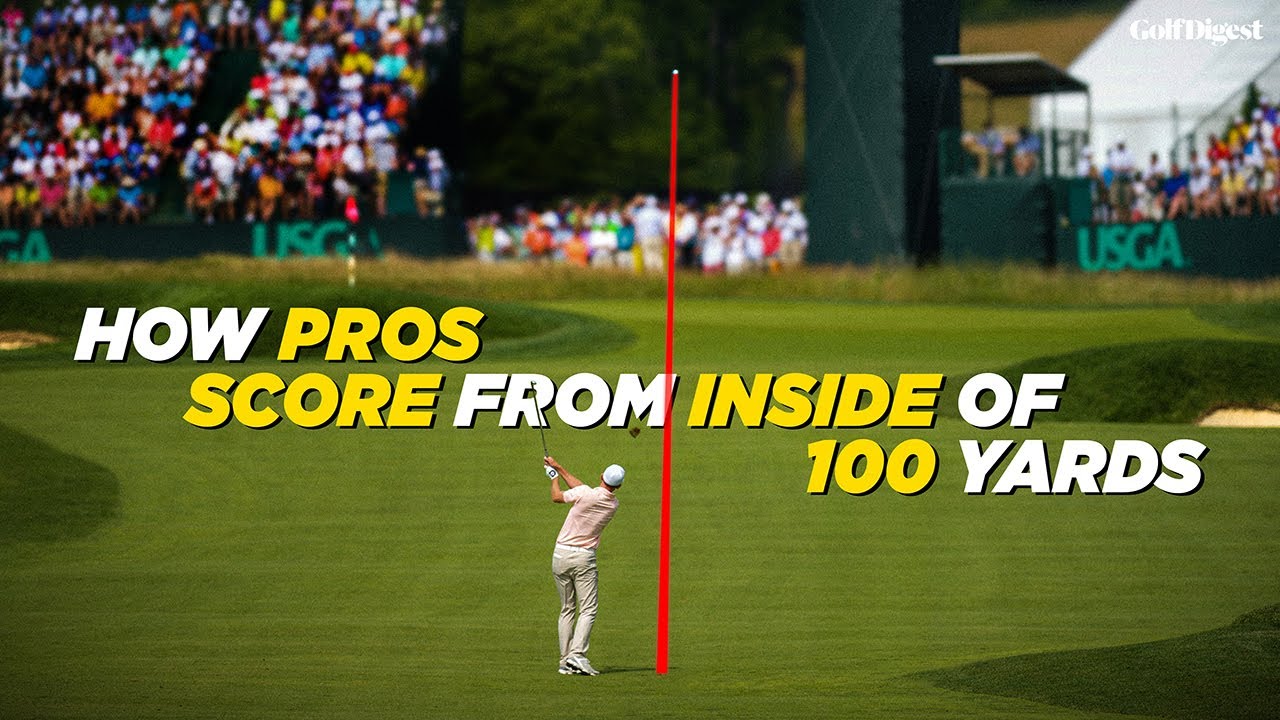
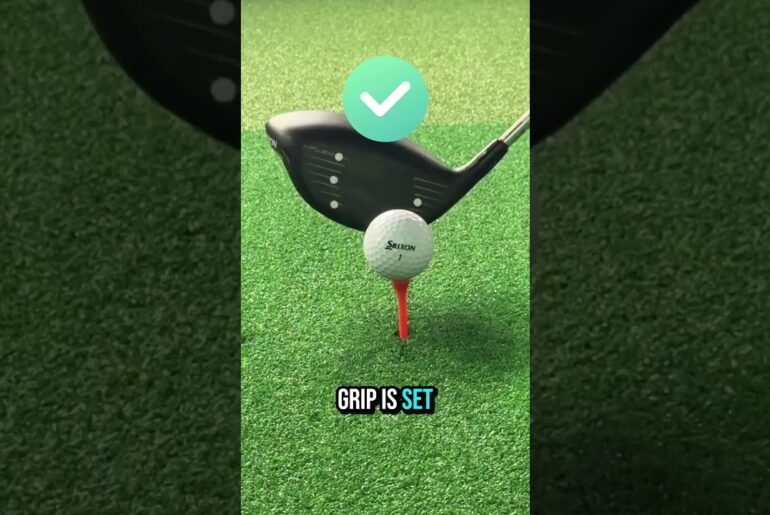
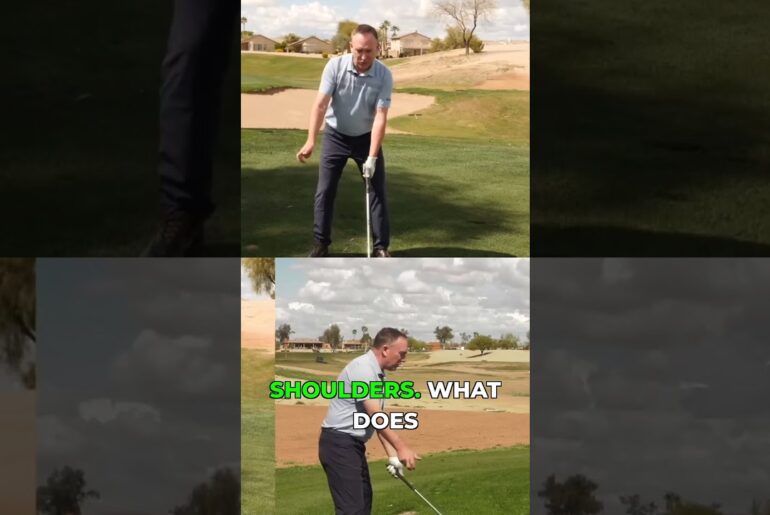

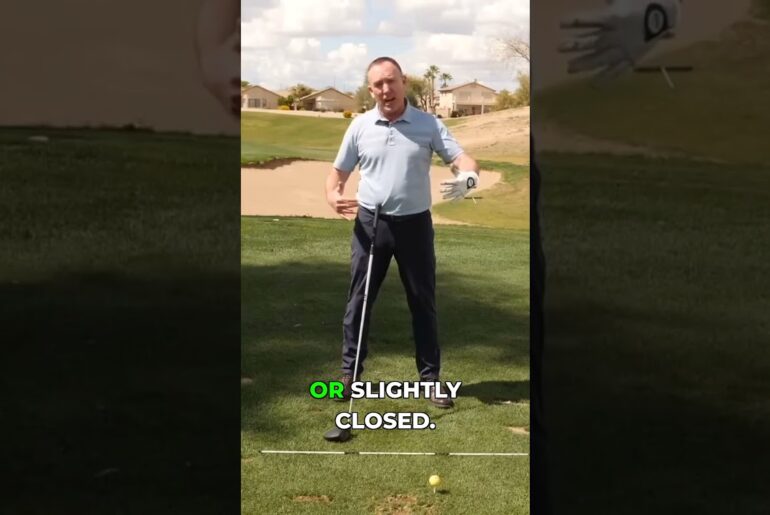

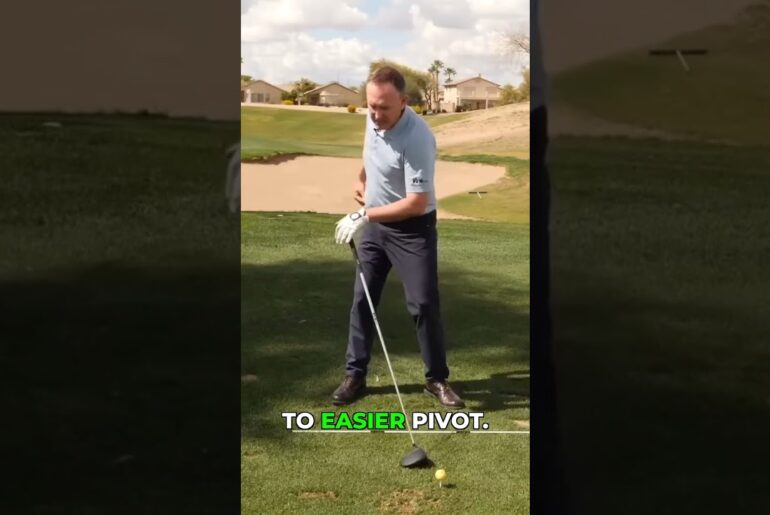
25 Comments
What Pro strategy do you want us to break down next? Reply to this comment with some future episode suggestions!
Love it!
Would love to see analysis of when to drop the driver because fairway is too narrow or hazardous. Still can't figure out exactly when to NOT be aggressive. Using Google earth has been limited help…
These videos are awesome. I try to implement what I learn here on the course. When I dod excecute the stategy on the course correctly, it hypes me up. That's about two holes around though.
I worked as a club pro in my early 20s and thought about doing that as a career, which means you need to pass a P.A.T. to get into the PGA. I was only 130 pounds though, so wasn't very long. So I focused really strong on practicing my short game within 100 yards. I got to the point where I felt I could get up and down every time. Of course that's impossible, but I had that level of confidence. I wound up passing the P.A.T. on my first shot at it with rounds of 73 &74.
It helped the course I took it at was fairly short though. It was designed by Steve Elkington and was almost tailor made for me.
As a 10 hcp this is the perfect video i need attacking the weaker part of my game!
This is irrelevant for a lot of ams who don't have the distance to hit wedges into greens. Ladies especially should focus on ball striking in hybrids and mid irons to hit greens. That said, pros who can control wedges have always been the winners. Even players who "go for it" are still usually not holding the green and relying on a good wedge to get a birdie. "Going for it" is not a strategy to get an eagle. It's a strategy to make birdie easier.
Thanks again!
Didn’t realize they had video of my golf swing at the 7:00 mark🤣
How has there not been an Oakmont "The Hole At" video?
That’s so weird this video just popped up for me, as I have a 50, 56, 58 & 60 degree wedge and I’ve been contemplating taking out either my 5-wood or 4-hybrid for a 46-48 degree PW 😮 for those 90-110/yd shots.
This is AWESOME content! Thank you for sharing it with us. Suggestion: Wind strategy? How does it impact performance and what strategies can we learn to play better in higher winds?
“I’m guessing you’ve never missed a 15 foot putt 6 feet left or right” Oh Lou, you under estimate my power.
Dave pelz identified this problem 50 years ago. Go read the Bible folks
Love these videos and have tried to incorporate them into my rounds.
I think the Game Plan videos are by far the best golf videos on youtube. Always looking forward to them. What are the books on your desk? Are they useful or just for show? Would you recomend any (besides Broadie's).
this is good content, but (like a ton of other instructional content) it ignores the major, MAJOR issue that most amateurs have – they don't make solid, consistent contact with the ball, so strategy and course management is a moot point.
How the pros put so much stopping power on the ball
These types of videos are so useful to amateurs
Every video you put out with Golf Digest is gold. My on course decision-making is so much better because of this series.
Love this series
New studio set-up looks🔥
I found a system recently that has been working way better than the clock system for me on course. Basically it utilizes choking up and down the grip while swinging every shot at a 9 o'clock backswing. The swing feel is always the same, but all the way choked down on my 60 degree is 40 yards, and every inch i creep up the grip adds 10 yards very reliably. Something I'd encourage everyone struggling with the clock system to try out, its been a game changer for me!
Length of backswing doesn’t really change launch, no?
13:15 – so just aim middle of the green basically